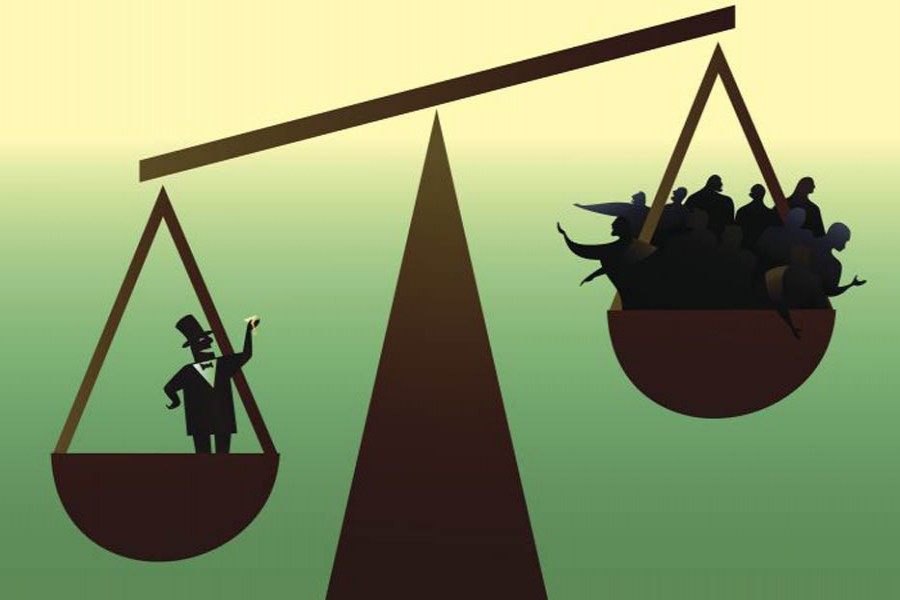Messages from a two-day international conference in Dhaka held last Tuesday-Wednesday did point to a long list of obligations on the part of policymakers in Bangladesh. Organised jointly by the Financial Inclusion Network, Bangladesh and Institute of Inclusive Finance and Development, with The Financial Express as a media partner, the consultation, apart from pointing out the duties, focussed on the various ills that hang on the overall economic management situation. It dwelt on the different issues of inclusive growth, poverty alleviation, the missing `middle segment' of macro small and medium enterprises (MSMEs), achievement of sustainable development goals (SDGs) by 2030, change of profit calculation system by the banks, framework for social entrepreneurship and ensuring human dignity of the downtrodden and equal opportunity for all. While doing so, the conference underlined the concerns of regional disparity. The forum made public the figure that two districts, Dhaka and Chittagong, out of a total of 64, accounted for 90 per cent of the loans and advances given by banks and financial institutions.
The figures are astounding even after considering the fact that these two districts are the economic hub of the country. They also point to the not-so-perfect scheme of things that exists in the country in matters of development and growth. And it is not the first time that the issue of regional disparity has been mentioned. Even after keeping in mind the two districts' percentage of the whole nation's population, their share of economic, trading, industrial and financial entities, the above-mentioned 90 per cent appears abnormally out of proportion. No doubt because of the setting up of administrative, judicial and legislative centres in one, apart from its central communication location, and of the main port in the other, their share would be very high in all matters.
All these however would fail to justify such unusually high concentration of monetary input. The asymmetry in the system is apparent. It proves efforts were lacking in developing the whole country on an even keel. This along with a feeling of deprivation in the left-out parts of the country does not bode well for national cohesion. If one adds inputs from recent reports that a select few districts get oddly high allocation of funds in the Annual Development Programme and still a more limited few get positions in lower-level police recruitment, the target of achieving integration at the grass-roots level is not helped.
Our struggle for autonomy in the 1947-70 periods and fight against occupation in 1971 all stood basically on the question of disparity first. After a momentous victory in that effort, our founding fathers wrote a constitution that espoused, among others, development at equal levels for all areas. Disparity in all forms was negated. As we reach the half-century mark of national independence, the question of even-handedness will rank high in the list of our achievements: how much of it could we achieve? Concentration of wealth and its creation in a limited number of pockets do not bring salvation. Besides, the day-in-day-out talk of decentralisation becomes meaningless. The decision-makers and the planners should join hands to bridge the gaps between districts. This is especially more imperative on the advent of the fiftieth anniversary of independence. All people and areas deserve a fair deal. Let none be left behind.


